Ever had that heart-stopping moment when your furry friend comes prancing in from the garden, and you spot something creepy-crawly hitching a ride? If you’re a pet owner, you know the drill: a quick sprint for the tweezers, a thorough fur inspection, and maybe even an emergency vet visit. But hey, it’s all in a day’s work when our four-legged family members are on the line, right?
In the world of pets and insects, it’s not just about the ‘ick’ factor; it’s a serious health game. Sure, we all know about the usual suspects – fleas and ticks – but the list of creepy critters that can turn your chill pet time into a frenzy of worry is longer than you might think. We’re talking about insects that can cause everything from annoying allergies to serious diseases in our beloved cats and dogs.
So, what’s a pet parent to do? First things first, let’s get smart about the enemy. This list isn’t just a rundown of the top dangerous insects; it’s your new secret weapon in the battle to keep your pets safe. You’ll discover not only who these buggy villains are but also how to spot them, prevent them, and tackle them head-on if they dare mess with your furry family.
Armed with the right knowledge, you can turn your home into a fortress against these insect dangers, ensuring your pets can frolic safely in their kingdom – be it a yard, a park, or just your living room. So, buckle up (oops, I mean, get ready!) for a deep dive into the world of protecting pets from dangerous insects. It’s going to be informative and most importantly, a lifesaver for your beloved pets.
10 – Flea: The Itchy Menace
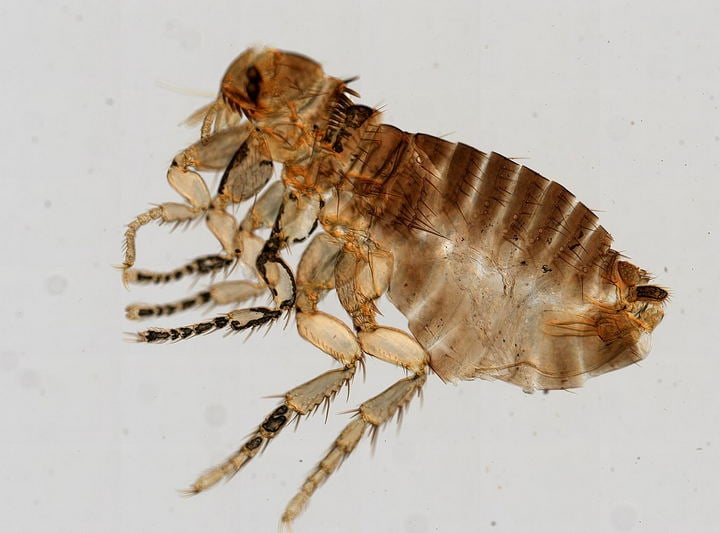
Fleas are the bane of any pet owner’s existence. These tiny, wingless parasites are experts at making life miserable for your cat or dog. Fleas on pets can lead to incessant scratching, skin irritation, and in severe cases, hair loss or anemia. But it’s not just the itchiness – fleas can transmit tapeworms and cause flea allergy dermatitis, a common allergic reaction in pets.
Preventing flea infestations is crucial. Regular use of flea control products, recommended by your vet, can keep these pests at bay. Also, maintaining cleanliness in your home and your pet’s bedding is vital. If you do find fleas on your pet, prompt treatment is essential. This includes not only treating your pet but also your home, as fleas can lay eggs in carpets and furniture.
09 – Tick: The Hidden Danger
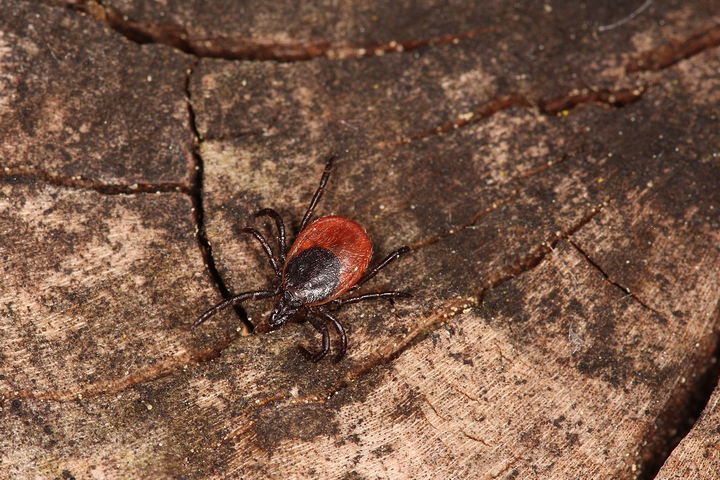
Ticks are a serious concern for pet owners, especially those who enjoy outdoor activities with their pets. These parasitic insects latch onto your pet’s skin and feed on their blood. More than just bloodsuckers, ticks are notorious for transmitting diseases like Lyme disease, Rocky Mountain spotted fever, and ehrlichiosis, making tick control a top priority for pet health.
To protect your pets from ticks, regular checks are essential, especially after walks in wooded or grassy areas. Tick prevention products are a must, and there are various options available, from collars to topical treatments. If you find a tick on your pet, careful removal with tweezers is crucial to avoid leaving mouthparts embedded in the skin. Importantly, be alert for any signs of illness following a tick bite, as early intervention can be critical in disease management.
08 – Mosquito: The Tiny Transmitter

When it comes to dangerous insects for pets, mosquitoes might seem less threatening at first glance, but they’re a real concern. They’re responsible for transmitting heartworm disease, a serious and potentially fatal condition affecting dogs and cats. The heartworm larvae are transmitted through mosquito bites and can grow into large worms in the heart and lungs of pets.
Mosquito prevention for pets involves keeping your environment free from standing water where mosquitoes breed. Use of veterinarian-approved heartworm preventatives is crucial in safeguarding your pets. Additionally, minimizing outdoor exposure during peak mosquito hours (dusk and dawn) can also help reduce the risk of mosquito bites.
07 – Bee/Wasp: The Stinging Threat
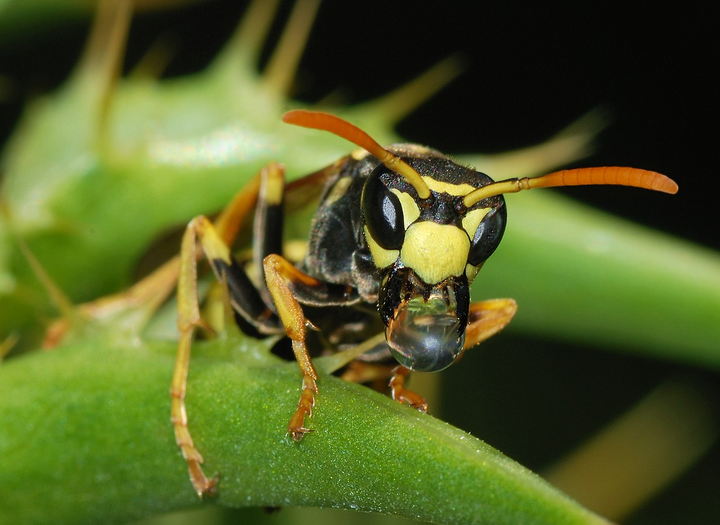
Bees and wasps can turn a pleasant day into a painful experience for your pet. Stings from these insects can cause immediate pain, swelling, and in some cases, allergic reactions. Particularly concerning are multiple stings or stings inside the mouth or throat, which can be life-threatening due to swelling and obstruction.
To protect pets from bee and wasp stings, be vigilant in areas where these insects are commonly found, like gardens or near hives. Training your pet to avoid chasing or playing with flying insects can also be beneficial. In the event of a sting, monitoring for signs of an allergic reaction and consulting a veterinarian promptly is essential.
06 – Ant: The Small but Mighty Pests
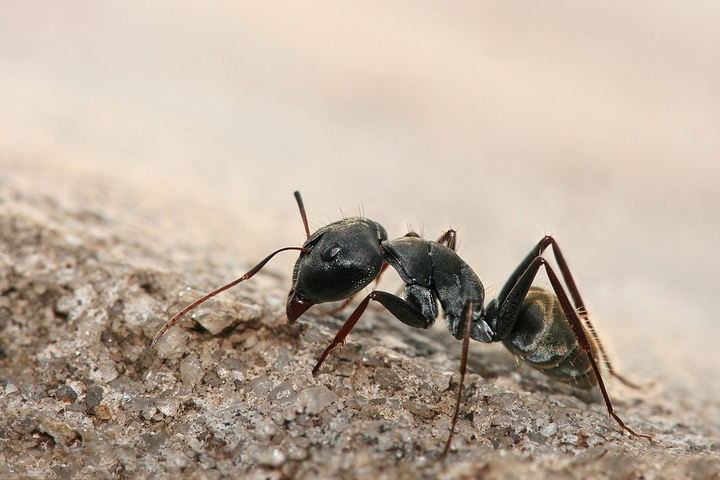
Certain ant species, particularly fire ants, pose a significant risk to pets. Fire ants can attack en masse, delivering painful, burning stings that result in pustules and intense irritation. In some cases, fire ant attacks can lead to severe allergic reactions and require immediate veterinary attention.
Preventing ant attacks involves keeping your pet away from known ant-infested areas. Regular lawn maintenance and ant control measures can reduce the risk of encounters. If your pet does suffer an ant attack, swift action to remove the ants and soothing the affected area with cool water or a vet-recommended product is important.
05 – Spider: The Eight-Legged Foe

While most spiders are harmless to pets, certain species like the black widow or brown recluse can be extremely dangerous. Spider bites can cause severe pain, muscle rigidity, paralysis, and even death in pets. Recognizing the symptoms of a dangerous spider bite and seeking immediate veterinary care is crucial for your pet’s safety.
Spider bite prevention involves keeping your home and garden free of spider webs and debris where spiders might hide. Regularly checking and cleaning pet bedding and play areas is also important. In areas where dangerous spiders are common, extra vigilance is necessary, and any spider bite should be treated as potentially harmful until proven otherwise.
04 – Centipede: The Unseen Aggressor
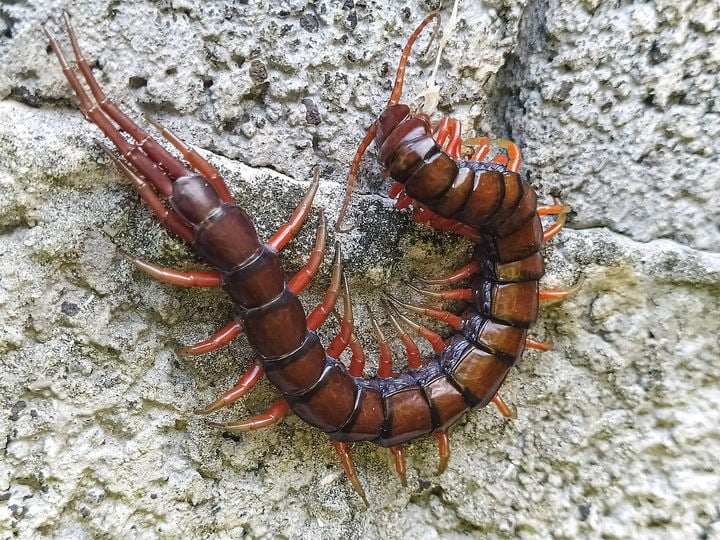
Centipedes, often hidden in dark and damp areas, can be a startling nuisance in homes with pets. While most centipede species are relatively harmless, some larger species can inflict a painful bite, causing discomfort and swelling in pets. Understanding how to prevent centipede bites is essential, especially in households with curious pets who may disturb these creepy crawlies.
Keeping your home free of the damp and cluttered environments that attract centipedes is a key step. Regular pest control and sealing any cracks or crevices can also help keep these many-legged intruders at bay. If your pet does get bitten, monitoring the bite area for signs of infection and consulting a veterinarian for advice is recommended.
03 – Cockroach: The Disease Carrier

Cockroaches are not just a sign of uncleanliness; they’re also carriers of various bacteria and parasites that can affect pet health. While cockroaches typically don’t bite, their droppings and shed skin can cause allergic reactions and respiratory issues in both humans and pets. Controlling cockroach infestations is vital for maintaining a healthy environment for your furry companions.
Regular cleaning, proper food storage, and addressing moisture issues are effective ways to prevent cockroach infestations. If you have a persistent problem, professional pest control services may be necessary. Keeping pets away from areas where cockroaches are likely to be found, like garbage bins, is also important for their health.
02 – Earwig: The Misunderstood Visitor
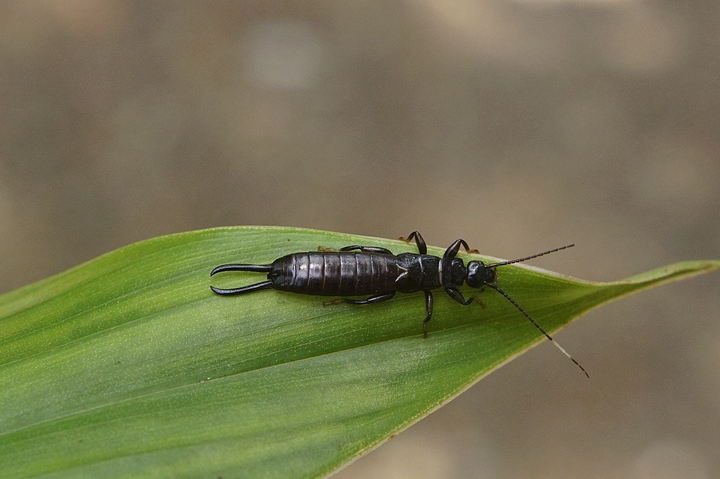
Earwigs, with their menacing pincers, are often misunderstood. Contrary to popular belief, they pose little threat to pets. These insects are more of a nuisance than a danger, and their presence in the home is usually more alarming than harmful. That said, understanding earwig behavior and how to manage their presence can provide peace of mind for pet owners.
Maintaining a clean and dry environment is key in deterring earwigs. They are attracted to moisture, so addressing leaks and damp areas in and around your home can help keep them away. If earwigs become a problem, simple traps or natural repellents can be used to control their numbers effectively.
01 – Caterpillar: The Deceptive Peril
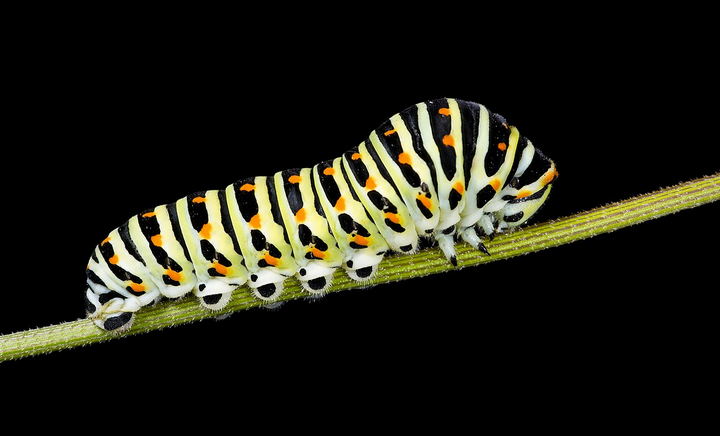
Certain caterpillar species can be surprisingly dangerous for pets. Some, like the Monarch caterpillar, contain toxins that can cause gastrointestinal upset in pets if ingested. Others have stinging hairs or spines that can cause irritation and allergic reactions. Being aware of hazardous caterpillars in your area and preventing your pet from interacting with them is crucial.
Educating yourself about the local caterpillar species and their potential dangers is the first step. Keeping your pets away from areas with high caterpillar activity, especially during peak seasons, is vital. If your pet does come into contact with a dangerous caterpillar, immediate veterinary attention may be necessary, especially if there are signs of distress or allergic reaction.
Safeguarding Your Furry Friends: Proactive Prevention and Safety
Keeping your pets safe from hazardous insects isn’t just about reacting to problems; it’s about being proactive. Think of it as setting up an invisible shield around your furry family members. Prevention is your first and most powerful line of defense.
- The First Rule of Pet Protection: Regular Vet Visits
Regular check-ups at the vet aren’t just for vaccines. They’re the perfect opportunity to discuss and update your pet’s flea, tick, and heartworm prevention strategies. It’s like having a tailor-made bug repellent suit for your pet! - At Home: Your Pet’s Safe Haven
Your home should be a fortress against insect invaders. This means being vigilant about cleanliness. A clean home is less inviting to unwelcome critters. Pay attention to your pet’s bedding too – keeping it clean can make a huge difference. - The Great Outdoors: A Balancing Act
Love letting your pet roam the backyard? Just make sure it’s a safe playground. Regular lawn care, like mowing and trimming, can discourage unwanted insect guests. And remember, standing water is a big no-no; it’s basically a mosquito party invitation. - Specific Battles Require Specific Armor
Each pest has its Achilles’ heel. For fleas and ticks, monthly preventatives are your best friend. Mosquitoes? Limit outdoor exposure when they’re most active. And for bees and wasps, teach your pet to keep a safe distance from buzzing troublemakers.
In the Trenches: When Your Pet Faces an Insect Threat
Despite our best efforts, sometimes our pets still have run-ins with insects. Knowing what to do in these situations can make all the difference.
- The Immediate Response: First-Aid Basics
Found a tick on your pooch or a bee stinger on your cat? Gently removing it with tweezers is step one. Then, a bit of soap and water to clean the area, followed by a cold compress, can work wonders for pain and swelling. - Red Flags: Symptoms That Scream ‘Vet Time’
Keep an eye out for anything out of the ordinary. Excessive scratching, swelling, or any sign of an allergic reaction (think difficulty breathing or sudden lethargy) means it’s time to head to the vet, stat. - The Aftermath: Ongoing Care and Vigilance
Post-insect encounter, your job isn’t done yet. Monitor the bite or sting site for any signs of infection. If things don’t look right or if symptoms linger, your vet should be your next call.
Conclusion: Staying Vigilant and Prepared
In the dance between pets and insects, staying one step ahead is key. Remember, prevention is always better than cure. By adopting the strategies outlined, you can significantly reduce the risks posed by hazardous insects to your furry family members. Always stay alert to the dangers, but don’t let fear overshadow the joy of pet ownership. With knowledge, preparation, and a little bit of caution, you and your pets can enjoy all the wonders of the great outdoors, worry-free.
In our journey to protect our beloved pets from these tiny threats, remember that knowledge is power. Keep educating yourself and stay in touch with your vet for the latest advice on pet care and insect prevention. Your pets rely on you for their safety and well-being, and with these measures in place, you’re well-equipped to be their hero.


